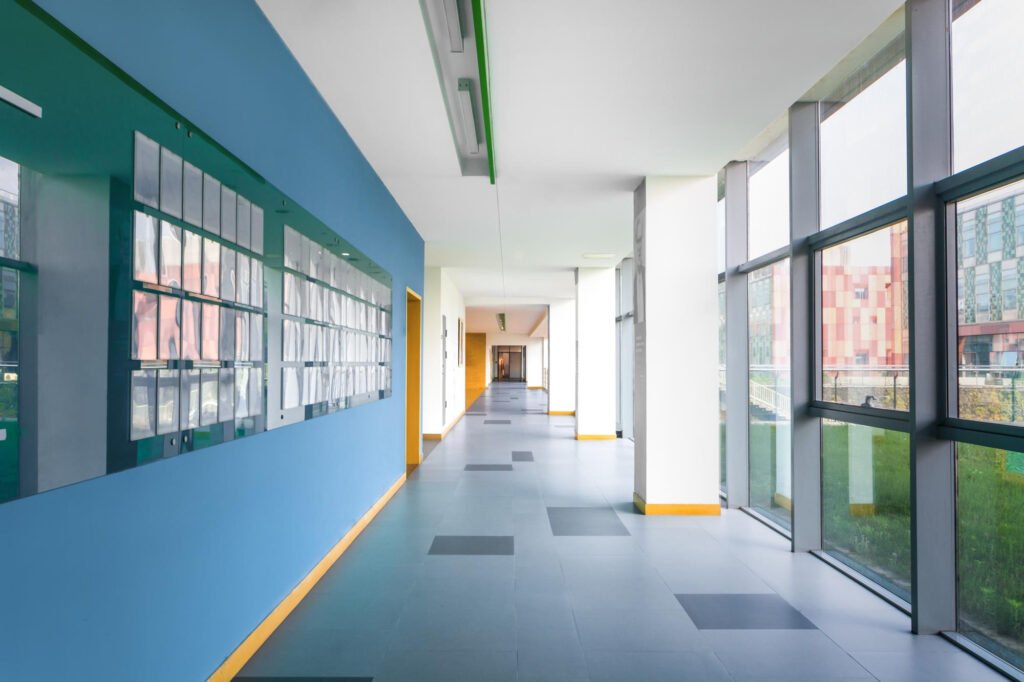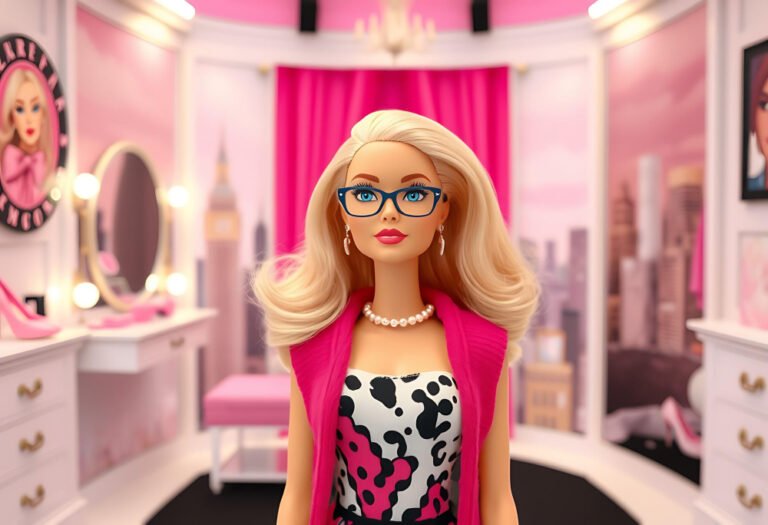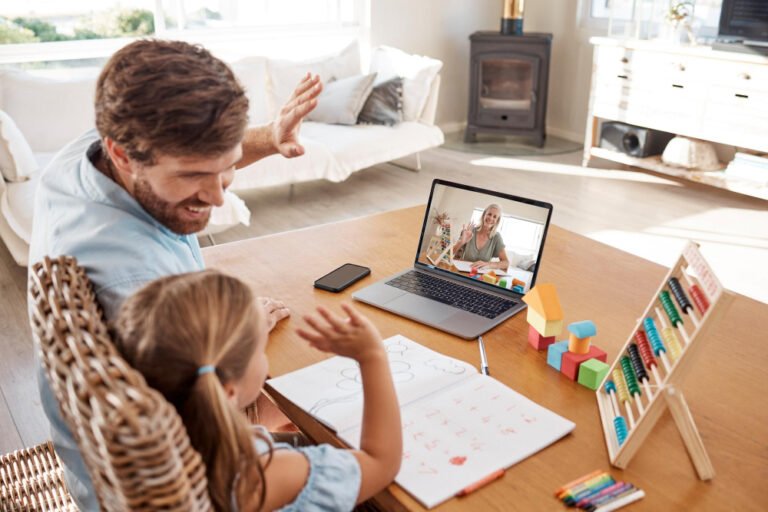Preventive maintenance in schools isn’t just about keeping lightbulbs working—it’s a health issue. Dusty vents, clogged filters, leaky roofs and neglected cleaning routines can lead to real consequences: respiratory illnesses, mold exposure, and allergy flare-ups in students and teachers alike.
If your child comes home sneezing or complaining about “weird smells,” it may be more than coincidence. Let’s break down what preventive maintenance means, and why parents should pay attention.
1. Understanding Preventive Maintenance in Schools
Preventive maintenance means regular inspections and small repairs that avoid bigger problems later. It’s the opposite of “waiting until something breaks.”
In a school setting, this includes:
- Replacing HVAC filters
- Inspecting plumbing and drainage
- Cleaning ducts and vents
- Checking roofs and windows for leaks
- Sanitizing high-touch surfaces and floors
Why does it matter? Because these systems affect the air children breathe, the surfaces they touch, and the comfort they experience all day.
2. Respiratory Health: Dust, Mold & Allergens
Poor maintenance can directly harm children’s health.
- Dust mites and mold thrive in damp, uncleaned areas.
- Leaky pipes or roofs cause moisture buildup, inviting fungal growth.
- HVAC systems, when ignored, spread allergens through the entire building.
Children with asthma or seasonal allergies are especially vulnerable. The CDC reports that nearly 1 in 12 children in the U.S. has asthma—preventable triggers in schools shouldn’t add to the burden.
🧠 Parents Tip: Ask your school how often they check for mold, and how they manage HVAC filters.
Also read: 👉 Is Your Child’s School Really Safe? Here’s How to Tell
3. Signs of Poor Maintenance to Watch for
You don’t have to be an engineer to spot red flags:
- Visible mold in ceiling tiles or walls
- Musty smells in classrooms
- Dust accumulation around vents
- Constant humidity or condensation on windows
- Recurring illnesses in students and staff
If several children frequently get sick—or staff mention “the air feels heavy”—it could be a sign the building isn’t well maintained.
4. Benefits of Preventive Maintenance for Learning
A well-maintained school isn’t just cleaner—it helps children focus and thrive:
- Improved concentration in clean, ventilated rooms
- Fewer sick days due to respiratory issues
- Better staff morale and attendance
- Reduced long-term repair costs (good for tuition stability!)
🏫 Preventive maintenance in schools directly supports academic success and emotional wellbeing.
5. How Parents Can Advocate for Safer Schools
Here’s how to get involved—without sounding confrontational:
- Ask for the maintenance schedule during PTA meetings or parent-teacher conferences.
- Observe your child’s classroom and bathrooms during drop-off or events.
- Talk to other parents—are they noticing the same concerns?
💬 You can frame the conversation around health and safety—not complaints—which makes administrators more open to listening.
🛒 Recommended Essentials for a Cleaner, Safer School Day
While the school handles its side, here are a few Amazon finds parents can keep in their child’s backpack or use at home to reduce exposure:
1. Personal Air Purifier Necklace for Kids
Creates a mini clean-air bubble around your child. Ideal for children with allergies or sensitive respiratory systems.
2. Natural Hand Sanitizer Spray with Moisturizer
Alcohol-free and kid-friendly, this spray cleans hands without drying skin. Perfect for lunch and recess.
3. Educational Book – “Germs Are Not for Sharing” (Ages 3–10)
Teach hygiene in a fun, illustrated way. Helps younger children understand the importance of washing hands and covering coughs.
🧼 These tools empower kids to stay safe—even when the school building isn’t perfect.
Want a Safer School for Your Child?
We’re building resources and services for facilities and maintenance improvements in educational spaces.
📬 Subscribe to our newsletter to receive:
- Free printable checklists
- Parent advocacy templates
- Product guides and health alerts
No spam—just helpful tools for parents who care.
✉️ Need help? Reach out: connect@jessicanevespereira.com
Let’s work together to protect every student’s right to a safe, clean school.







2 Responses